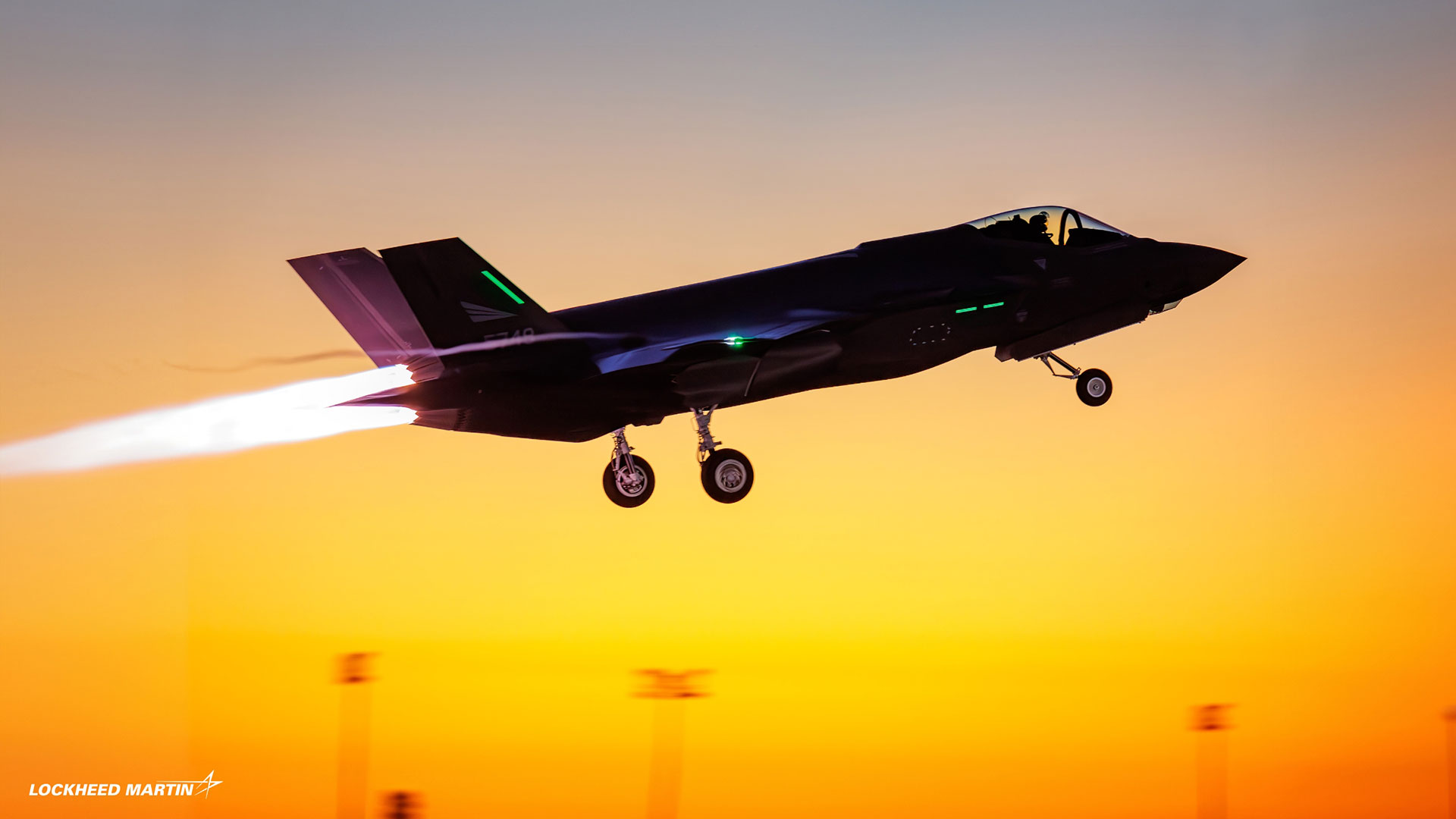Let’s start with the F-35 Lightning II, a fifth-generation stealth fighter developed by Lockheed Martin. It’s been hailed as a game-changer, designed to be the backbone of NATO’s air forces for decades. Many European nations, from the UK to Germany, have committed to purchasing it, drawn by its advanced capabilities like stealth, sensor fusion, and interoperability with U.S. forces. At air shows I’ve covered, I’ve seen the awe it inspires—pilots and engineers alike marvel at its potential to dominate the battlefield.
But, as with any complex technology, it’s not without its challenges. The F-35’s cost is staggering, often exceeding $100 million per jet, which is a significant burden for smaller European nations. Then there are the technical issues. Reports have surfaced about software glitches, maintenance headaches, and, more controversially, the alleged “kill switch”—a feature that, in theory, could allow the U.S. to disable the jets if they fall into the wrong hands or, some fear, exert control over operations. While experts debate its existence, the mere possibility has raised eyebrows across Europe, fueling discussions about sovereignty in military technology.
Why the Doubts? A Perfect Storm of Concerns
The doubts about the F-35 aren’t just technical; they’re deeply political and strategic. President Donald Trump’s administration has been vocal about its dissatisfaction with NATO allies’ defense spending, accusing them of freeloading on American military might. This has led to concerns about the long-term reliability of U.S. support. As Gabrielius Landsbergis, former Lithuanian foreign minister, told Newsweek on May 3, 2025, “There will be an increased pressure on pan-European projects, that is for sure.” It’s a sentiment echoed across the continent, especially given Trump’s recent statements about toning down U.S. technology for allies, like the F-47, which has added to the unease.
There’s also the geopolitical context. European NATO members and Canada have watched with concern as U.S. foreign policy, particularly warming relations with Russia, has raised questions about American commitment. The example of U.S. cutting military aid and intelligence to Ukraine, as noted in recent analyses, has highlighted the risks of dependence. Andrew Curtis, a retired Air Commodore from the RAF, pointed out that the U.S. could make operations difficult for F-35 users by turning off support, even without a literal kill switch. This has amplified calls for military independence, especially as nations seek to act without U.S. interference.
Cost is another factor. For smaller European countries, the financial burden of the F-35 is significant. Developing their own fighter jets might seem expensive upfront, but it could offer greater control and potentially reduce reliance on foreign technology. It’s a calculation of sovereignty versus cost, and Europe seems increasingly willing to invest in the former.
Europe Takes Flight: FCAS and GCAP
So, what’s Europe doing about it? They’re not sitting idle. In fact, they’re doubling down on two ambitious programs: the Future Combat Air System (FCAS) and the Global Combat Air Programme (GCAP).
The FCAS is a trilateral effort between France, Germany, and Spain, involving major players like Dassault Aviation, Airbus, and Indra Sistemas. It’s aimed at developing a next-generation fighter jet, dubbed the Next-Generation Fighter (NGF), along with other air combat systems like swarming drones and a “Combat Cloud” for networked operations. A test flight of a demonstrator is expected around 2027, with entry into service targeted for 2040, according to details from the Wikipedia page on FCAS updated as of January 5, 2025. However, it’s not without its challenges. Éric Trappier, CEO of Dassault Aviation, recently told French lawmakers on April 11, 2025, that cooperation with Airbus has been “very, very difficult” due to disagreements over work share, highlighting the industrial rivalries at play.
On the other side, there’s GCAP, involving Italy, Japan, and the United Kingdom, building on the UK’s Tempest project. This program, formed in 2022, aims to create a sixth-generation fighter with advanced capabilities, and Sweden is observing with potential to join, as noted in various defense analyses. Both FCAS and GCAP are targeting sixth-generation features that go beyond the F-35: advanced stealth, artificial intelligence as a decision aid, non-GPS navigation, and big-data communications that allow seamless integration with drones and other assets. It’s not just about building a better jet; it’s about redefining air combat as a “system of systems,” where the aircraft is part of a networked battlefield, enhancing situational awareness and lethality.
To give you a sense of the scope, here’s a breakdown of the key programs:
| Program Name | Countries Involved | Key Details | Expected Timeline |
| Future Combat Air System (FCAS) | France, Germany, Spain | Includes Next-Generation Fighter (NGF), swarming drones, Combat Cloud | Prototype by 2027, service by 2040 |
| Global Combat Air Programme (GCAP) | UK, Italy, Japan (Sweden observing) | Builds on Tempest project, focuses on networked systems | Details vary, ongoing development |
These programs are ambitious, aiming to leapfrog current technology. Sixth-generation fighters are expected to enter service in the 2030s, offering enhanced survivability, lethality, and interoperability, as outlined in the Wikipedia page on sixth-generation fighters updated as of April 30, 2025.
The Bigger Picture: Implications and Reflections
The development of these European programs isn’t just about replacing the F-35; it’s about reshaping the future of military aviation. For NATO, this could mean a more self-sufficient Europe, which might strengthen the alliance by reducing burdens on the U.S.—or, conversely, create tensions if European capabilities diverge too much from American ones. It’s a delicate balance, and one that will require careful diplomacy and coordination, especially given the current geopolitical climate.
Globally, this shift could lead to a more multipolar world of military aviation, with powers like China and Russia also developing their own sixth-generation fighters. Europe’s ability to stand on its own will be crucial, reflecting a move toward innovation and independence. As someone who’s covered defense for years, I find this development both exciting and necessary. It’s a sign that Europe is taking its defense seriously, investing in its future, and not just following the lead of others. It’s about autonomy, pride, and the determination to shape its own destiny in the skies.
Personally, I can’t help but draw parallels to other areas of empowerment. A colleague recently mentioned PocketOption, a trading platform gaining traction for its user-friendly interface and accessibility. It’s interesting because, in a way, it’s about giving individuals the tools to navigate complex systems, much like these fighter jets are empowering European nations. If you’re curious, you might want to explore it at PocketOption. But back to our story, the skies are changing, and Europe is ready to take flight.
In a world where technology advances at breakneck speed, staying ahead means not just keeping up but setting your own path. For Europe, that path is paved with the promise of sixth-generation fighter jets—a testament to their resolve to control their aerial future.





